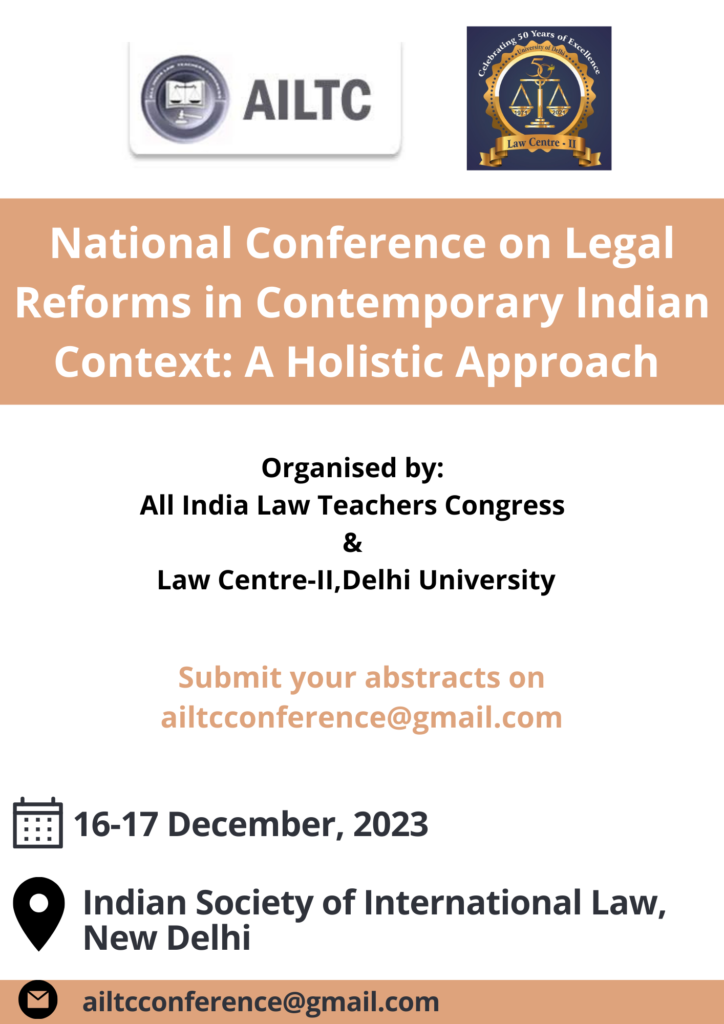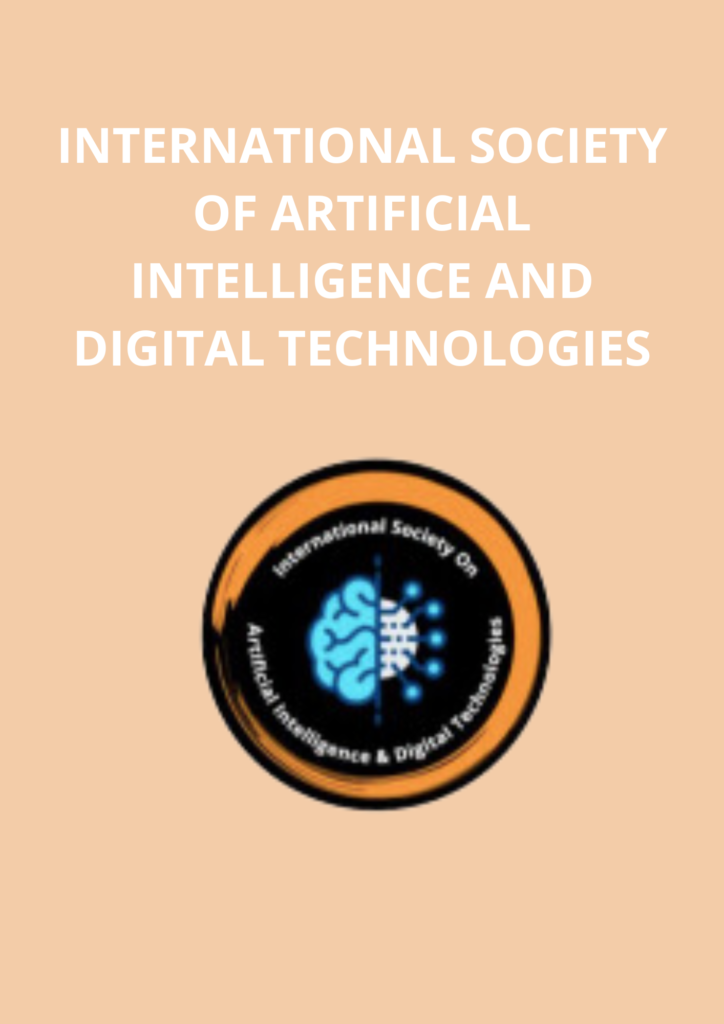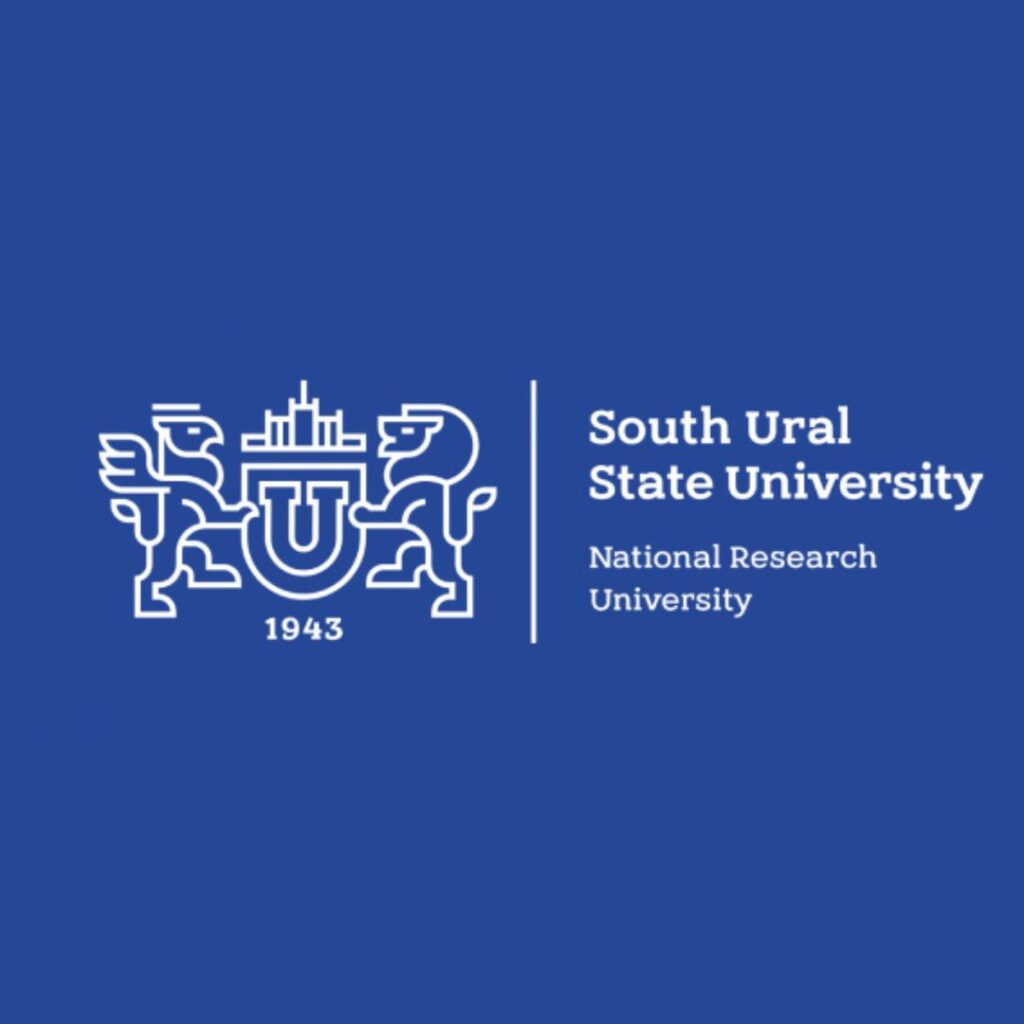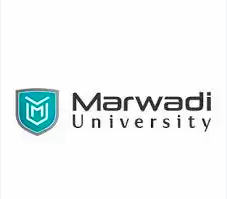WHERE:
Room No. 104, Old Academic Block (OAB), NLSIU Campus
WHEN:
Thursday, July 13, 2023, 5:00 pm
The first public lecture for 2023-24 will take place on 13 July 2023. Our first guest speaker is Dr. Prachi Deshpande who will be delivering a talk titled “The Modi Script, Writing, and the Marathi Language in History” based on her recently published book, Scripts of Power: Writing, Language Practices, and Cultural History in Western India (Orient Blackswan, 2023).
About the Speaker
Dr. Prachi Deshpande is Associate Professor of History at the Centre for Studies in Social Sciences, Calcutta. Her interests are in historiography, memory studies, language historiography, and regional politics. She is the author of Creative Pasts: Historical Memory and Identity in western India (2007) and of Scripts of Power: Writing, Language Practices, and Cultural History in Western India (2023).
Abstract
A cursive script called Modi (moḍī) was in use from the fifteenth century to write in Marathi. Modi’s usage expanded under the medieval Sultanat and early modern Maratha kingdoms within a broad di-graphia: literati used Balbodh (a variant of today’s Devanagari script) for literary and sacred texts, and Modi for letters and revenue records (which were frequently bilingual, with Persian). In the nineteenth century, print technology favoured Balbodh, as it could render a larger range of phonemes current in Marathi speech, and Modi usage gradually declined. Devanagari is today the official script used to write Marathi, even though recent years have seen a resurgence in the interest in Modi. Overall, the story of the Modi script usually appears as a ‘lack,’ ‘deviation’ or afterthought from the story of Marathi language history proper, even though it has great symbolic value as a visual icon of the early modern Maratha state. In this talk, drawing on my recently published book Scripts of Power, I focus on the practice, usage, and changing meanings and deployments of the Modi script to probe the interplay between writing, script, and language and its relationship to bureaucratic and social power. I am interested in how a now-marginal and infrequently-used script like Moḍī can tell us about social and regional power and identity, and offer fresh ways to think about language history.
For more details, refer here








